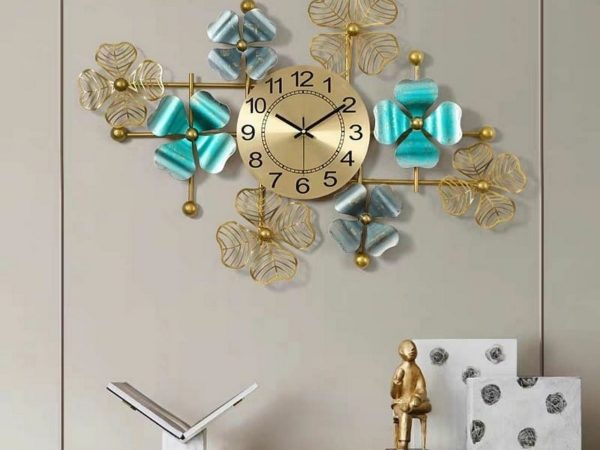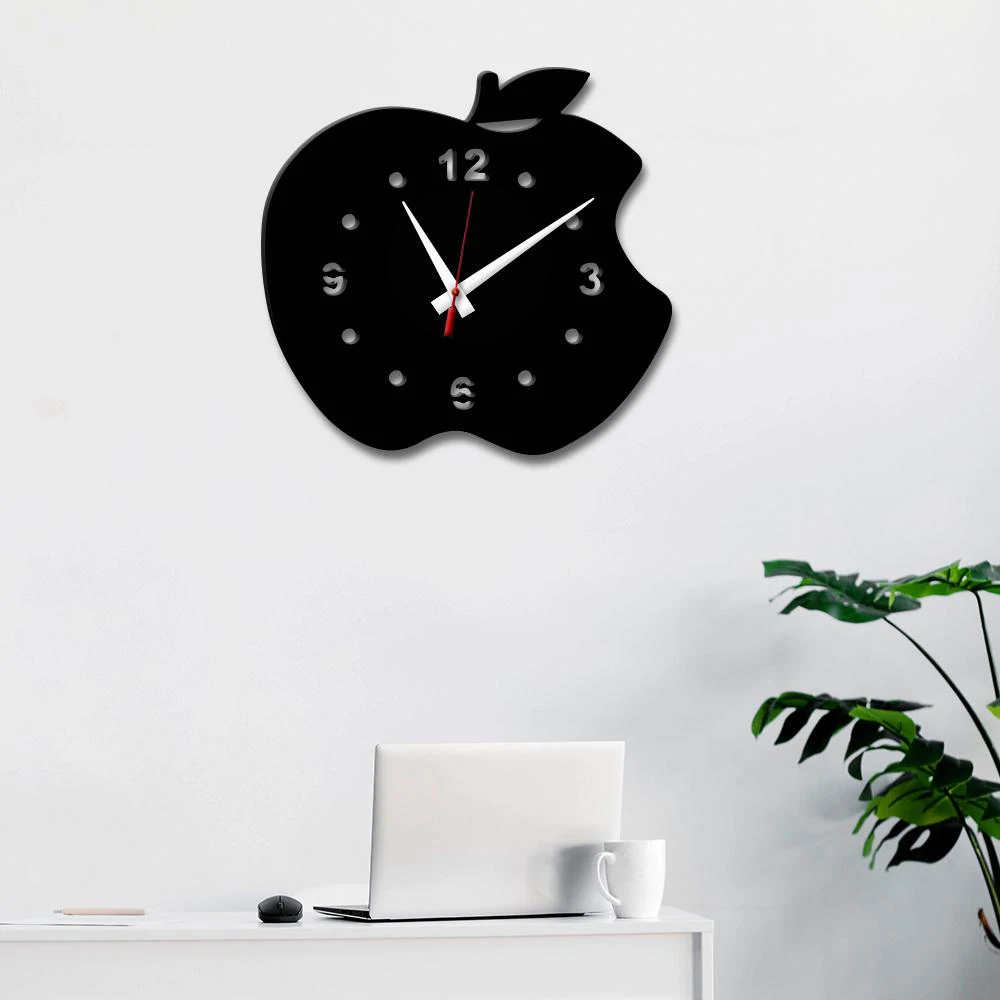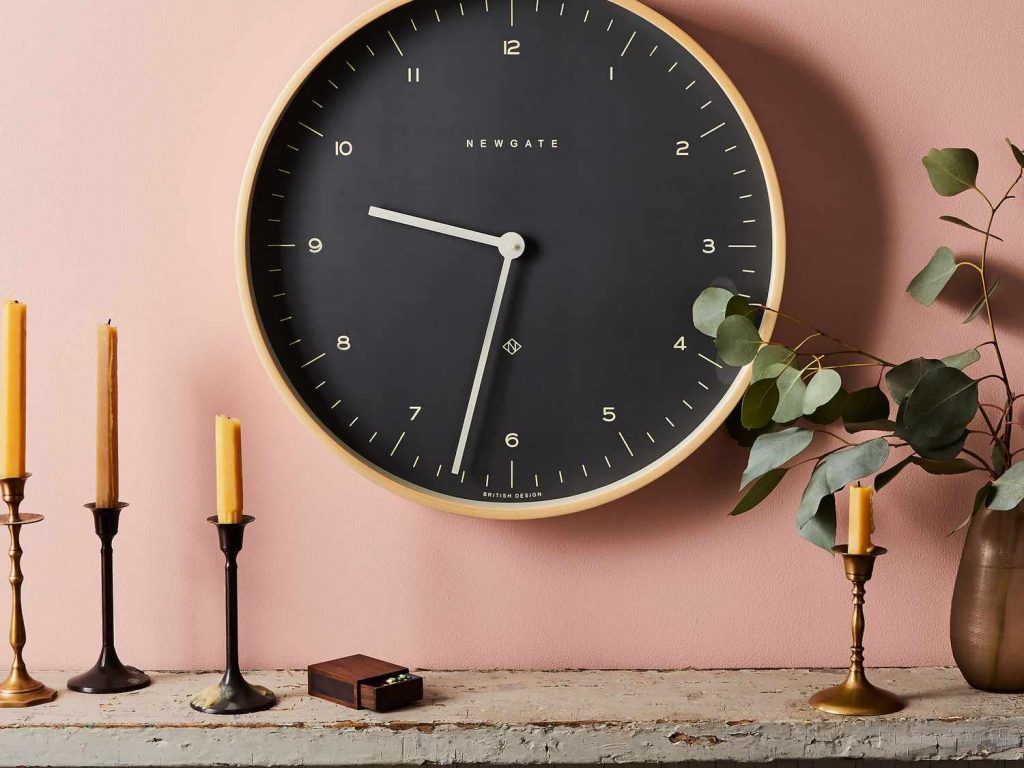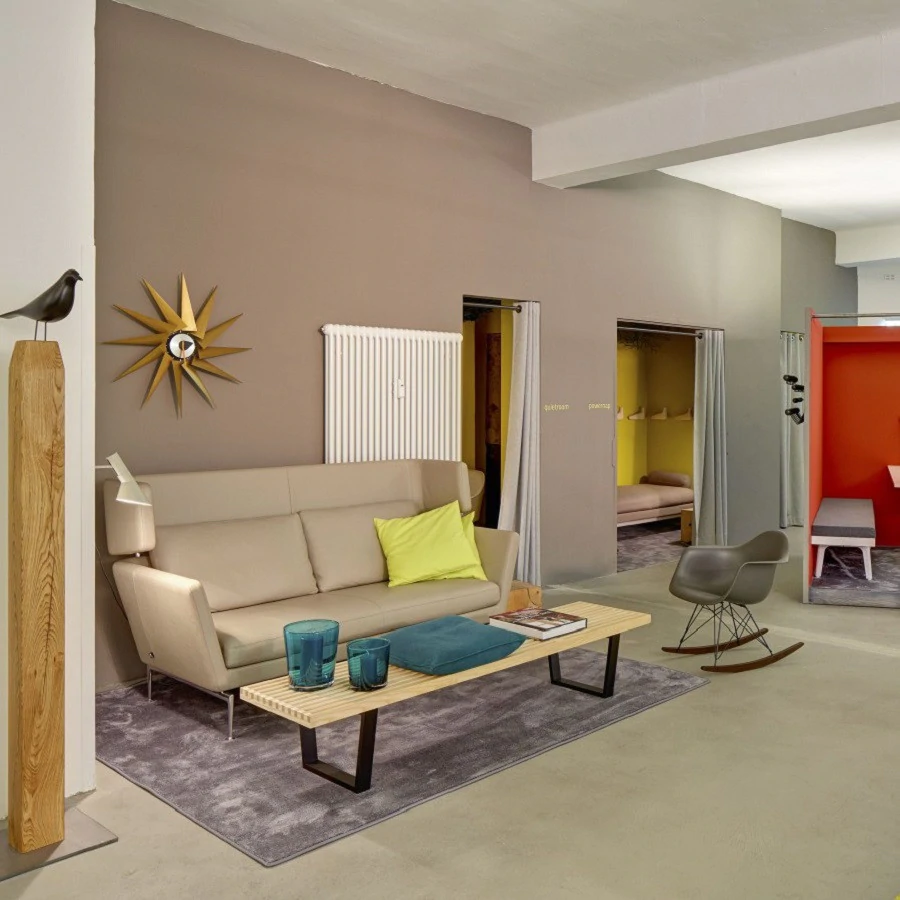29
Apr

Clocks are a permanent fixture in home design since they are sure to draw attention wherever they are put. They are what we use to keep track of our busy schedules, both at home and on the go. Our natural desire to keep track of time has led us to develop the habit of scanning a room for a clock. There have also been scientific studies that show guests remember these practical house items the most once they leave a home.
That said, besides helping us keep track of time, clocks are a terrific solution for the vast empty walls that we see so often in contemporary homes. If you prefer the minimalism of the contemporary style, a slim wall clock can be added without deviating from the basic design guidelines that say wall ornaments are a no. But even if you’re a maximalist, a clock can also be used to bring all the individual parts together in dramatic rooms with plenty of photos, mirrors, or wall art.
Whatever your preference and interior style is, there’s a clock out there for every room. Here’s a quick guide to the most popular clock designs and the interior styles they’re most suitable for.
Any clock with the inner workings of the clock mechanism visible is referred to as a skeleton clock. Conventional clocks hide the mechanical pieces, such as gears, cogs, or springs, but the goal of a skeleton clock is to show them off and incorporate them into the design. So, just by this definition alone, you can deduce that the skeleton wall clocks on the market are perfect for industrial style spaces.
Skeleton wall clocks first appeared in France in the 18th century as a way for outstanding French clockmakers to demonstrate their skill and knowledge to the rest of the world. These historic French clocks were of exceptional craftsmanship and were commissioned as ornate pieces for the very affluent. From c1820 to the end of the 19th century, skeleton clocks were also constructed in the United Kingdom. Earlier versions were watches, but later versions got more ornate, with gongs, bells, and even chimes striking the hour. Some were even designed to resemble well-known structures, such as cathedrals.

Today you can find a skeleton clock in a variety of designs, shapes and finishes from brass to gold, silver or copper. You can also pick between 8 or 14-day movements, with key, cable, or chain winding, like with many authentic clocks. On select models, the easy-to-use quartz battery movement is also available.
Such a clock can look great in any industrial-style space it’s hung in, however, designers love placing them the most in dining rooms. Often the walls of dining rooms just end up empty or with only a few framed pictures scattered on them. That’s why the oversized skeleton wall clock is perfect for making a statement there.
What we now refer to as a “grandfather clock” is actually referred to as a longcase clock. The clock was a breakthrough design that had a pendulum that swung exactly once per second housed inside a free-standing cabinet, and it was created in 1670 by English clockmaker William Clement. The grandfather clock hasn’t changed much in look in nearly 350 years because of Clement’s timeless design.

However, grandfather clocks aren’t just for the past, if you have a traditional interior, they are perfect to bring a sophisticated timeless touch. Consider where you want your grandfather clock to go and whether it’s a suitable location for it. Drastic changes in humidity and temperature might damage these clocks. Like other great pieces of furniture, the wood can swell and shrink as a result of the variations.
Grandfather clocks are generally located on the ground floor of a home due to their huge size. They’ve typically been displayed in the house’s public areas, such as the entryway, living room, or study, as cherished showpieces.
Many of the most iconic objects from the era, from sofas to pendant lights, and benches to clocks, were designed by the brilliant mid-century modern designer George Nelson. His clocks, in particular, have mad style and personality, and they always bring a large splash of fun to any design.

The Turbine Clock is perhaps the most iconic Nelson classic. The structure of the clock appears to move counter-clockwise if spun, while the hands, plainly, move in a clockwise manner. This is a fantastic option now that brass is making a comeback. Many like how it contrasts with the simple backdrop of a white wall. As such, it’s perfect for interiors that aim to capture the well-known mid-century spirit.
You know how Scandi-style spaces have a penchant for decorating with typography. Why not use typography for more than just motivational quotes? A digital wall clock that also shows the time in a cool font is perfect for adding some interest to bare walls while also being extremely functional.
A digital clock is essentially a sleek iPad that always displays the day of the week, the time of day (morning, afternoon, evening, or night), the current time, and the date on your wall or desk. It’s simple to read, making it ideal for families with children or the elderly, and the display is large enough to view from a distance.